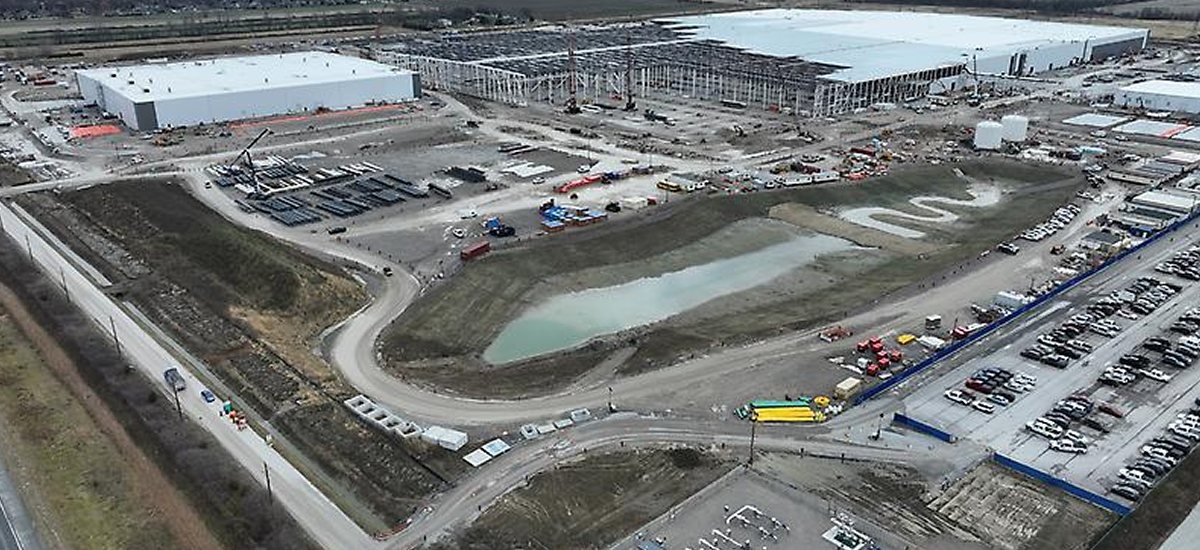
 Your Credit Estimate
Your Credit Estimate
 Your Credit
Your Credit
Your zip code helps us provide you with the most accurate vehicle pricing and vehicle availability.
We estimate your credit score to give you an idea of your monthly payments. To get an accurate payment amount, complete our credit application by clicking the Start Credit Application button below.
start credit application
In 2022, every major automaker announced its plans for the rest of the decade (2030). Of this, a lot of focus was placed on alternative fuel systems for future models in the lineup. Stellantis was one of these automotive groups, launching its Dare Forward 2030 business strategy. Highlighting its endeavors to design battery-electric vehicles and even hydrogen fuel cell-powered vehicles, the group has partnered up with other companies to build gigafactories, such as the joint venture between Stellantis, Forvia, and Michelin to form Symbio, the company that owns the SymphonHy Hydrogen Fuel Cell Gigafactory. In 2022, Stellantis also entered into a joint venture with LG Energy Solution (LGES) formed NextStar Energy to build a battery-electric vehicle (BEV) battery production facility in Canada. In December 2023, the plant completes its construction.
This NextStar BEV battery facility is just one of many. In 2022, Stellantis and Samsung SDI entered into an agreement to build two BEV battery plants in Kokomo, Indiana. As per the Dare Forward 2030 business plan, Stellantis has plan to launch more than 75 new BEV models by 2030, with 25 hitting the U.S. With such a high goal, investing in the construction of new BEV battery plants to secure a steady and stable supply of BEV batteries for all of those new models is necessary.
The NextStar Energy BEV battery plant took an investment of more than $4.1 billion USD ($5 billion CAD) to get started. It did a favor for the Canadian economy, opening an estimated 2,500 new jobs in Windsor and the surrounding areas. According to the numbers at the end of construction of one of the two main buildings (Module Building), a Canadian crew of 950 craft workers has put in 1,600,000 labor hours. There’s surely more to come, now that the Module Building has been completed, the installation of equipment and machinery comes next, and the project already estimated the employment of 3,200 tradespeople and equipment installers (1,600 construction and 1,600 installation), with 2,300 of them being Canadian.
There are two main buildings, the Module Building recently finished, and the Cell Building, with only 40 percent yet completed. When both are finally done, NextStar Energy will be the proud owner of a nearly 4.23 million square foot joint venture EV battery plant. Battery modular production is set to begin in the first half of 2024, with an annual production capacity target of 49.5 gigawatt hours (GWh). In 2022, the original target was +45 gigawatt hours (GWh) with room to grow. Once the BEV battery plant is up and running, and the company finds more efficient ways to make use of the equipment, that number could still continue to go up.
40-percent of the leading-edge lithium-ion battery cells and modules created at this new BEV battery facility will go into the production of Stellantis’ upcoming electric-vehicle production to meet the requirements in North America. Aiming to make 50 percent of all sales come from BEVs in the U.S. and Canada, according to Dare Forward 2030, the automotive group is well on its way.
Want to learn more about Stellantis and its Dare Forward 2030 business strategy? Follow along with us on NowCar social media.